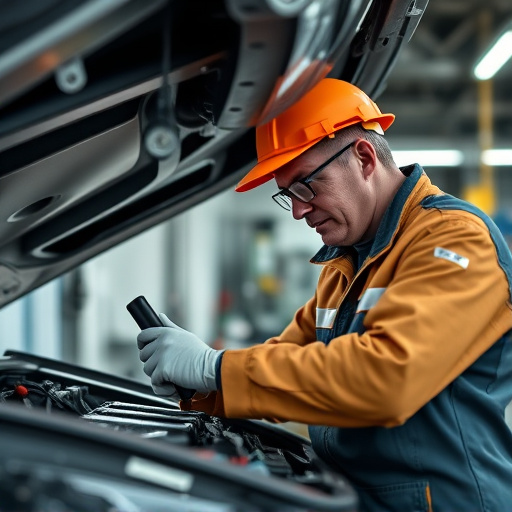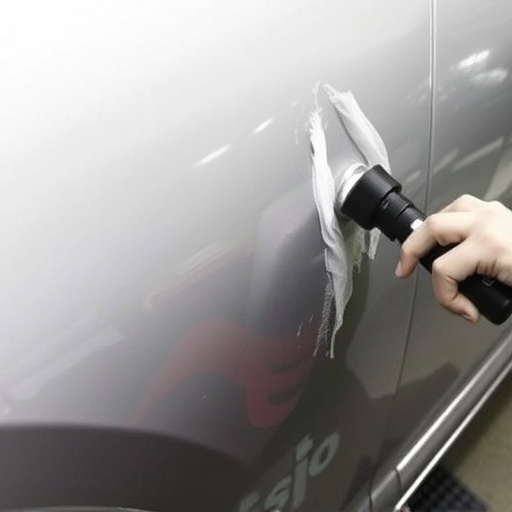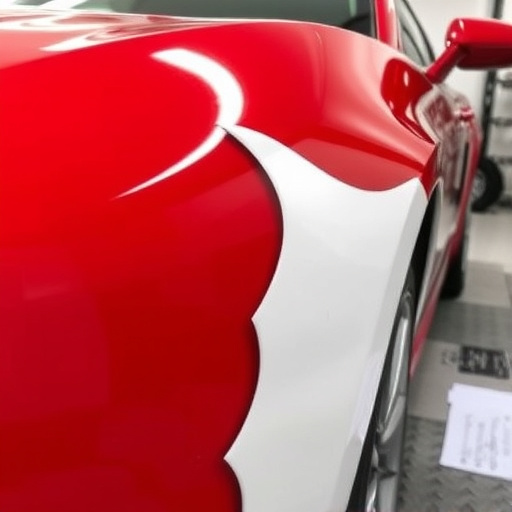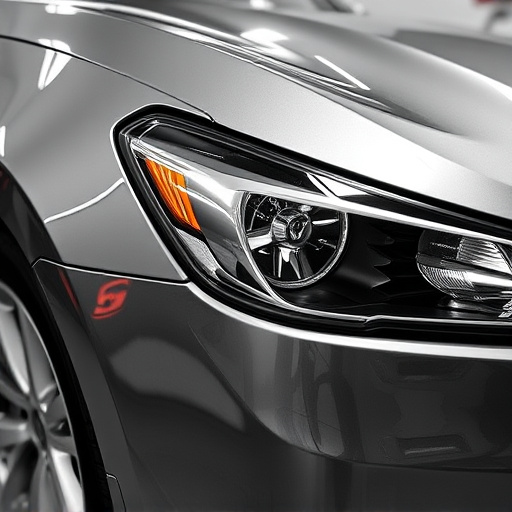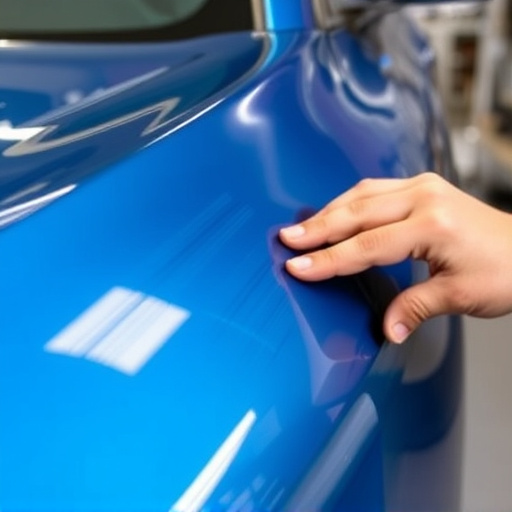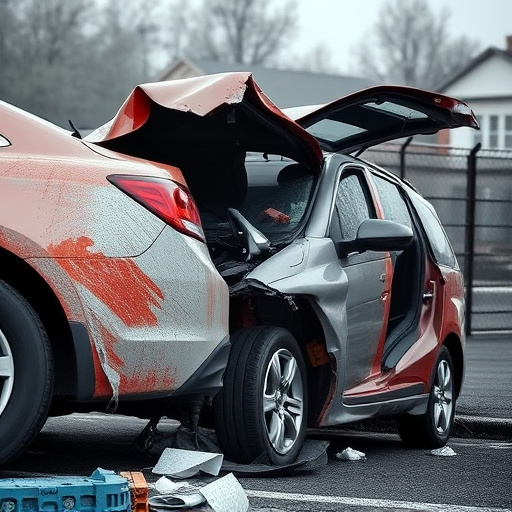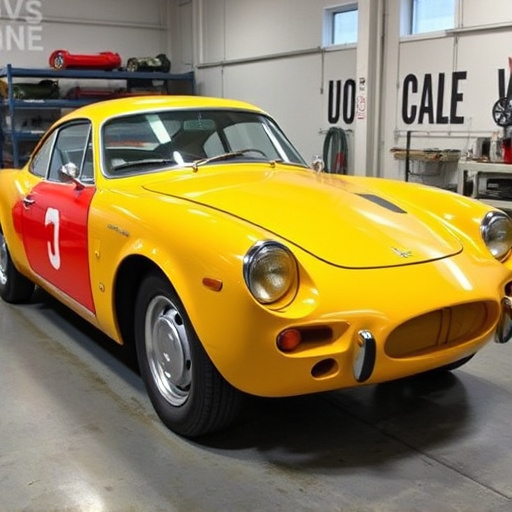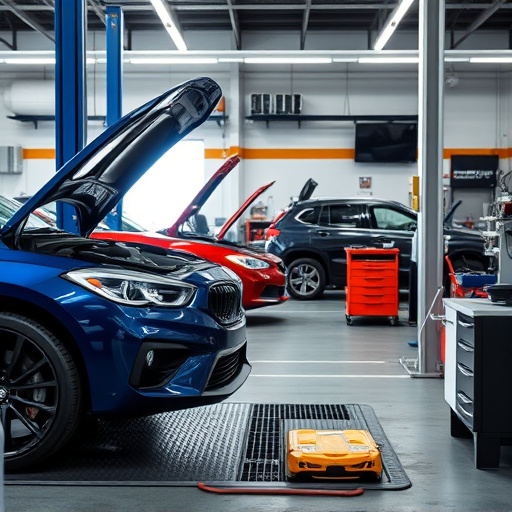For high-quality antique auto restoration, sourcing and selecting authentic original parts is paramount. Restorers must possess deep historical knowledge of make, model, and year to ensure integrity and accurately replicate features. They navigate various sources for genuine components, authenticate them, and consider both exterior and interior elements for a comprehensive restoration that enhances value and driving experience. Despite challenges like scarcity and cost, restorers leverage their expertise to source or precisely replicate rare parts, preserving the original character of vintage vehicles.
In the realm of antique auto restoration, using authentic parts is a delicate art that breathes new life into vintage vehicles while preserving their historical integrity. This meticulous process involves sourcing and selecting precise replicas or original components to create a harmonious fusion with the rest of the restored car. By understanding the importance and challenges of authentic parts, restorers can deliver exceptional results in this specialized field, ensuring the longevity and authenticity of these timeless classics. Explore the intricacies of this game-changer in antique auto restoration.
- Understanding Authentic Parts: Sourcing and Selection for Antique Autos
- The Art of Integration: Strategically Incorporating Authentic Parts in Restoration
- Benefits and Challenges: Why Authentic Parts Matter in Antique Auto Restoration
Understanding Authentic Parts: Sourcing and Selection for Antique Autos
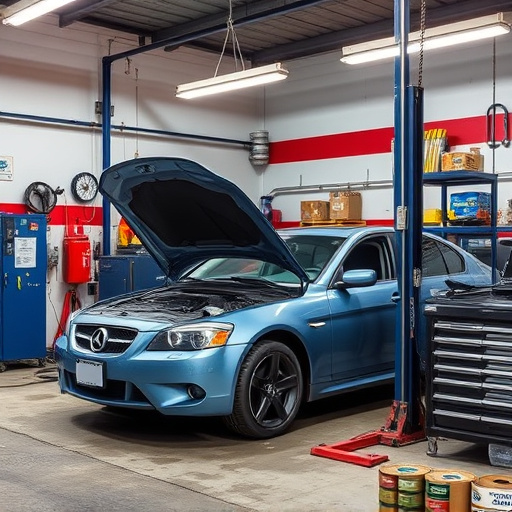
When it comes to authentic parts for antique auto restoration, understanding what truly makes a piece original is paramount. It goes beyond simply finding old parts; it involves sourcing and selecting components that accurately reflect the vehicle’s historical integrity. This meticulous process requires a deep dive into the specific make, model, and year of the antique auto, as even small details can significantly impact overall authenticity.
Professional restorers must carefully consider where to source these authentic parts, whether from specialized collectors, original equipment manufacturers (OEMs), or vintage markets. The goal is to avoid modern replicas that might look similar but lack the subtle nuances of age and craftsmanship. Proper identification and authentication are crucial, especially for rare models. Restorers often turn to expert appraisers or fellow enthusiasts for guidance in this regard. Additionally, focusing on not just the exterior but also interior components and mechanical parts ensures a comprehensive restoration that does justice to the vehicle’s vintage status, enhancing its value as an antique auto rather than merely an old car.
The Art of Integration: Strategically Incorporating Authentic Parts in Restoration
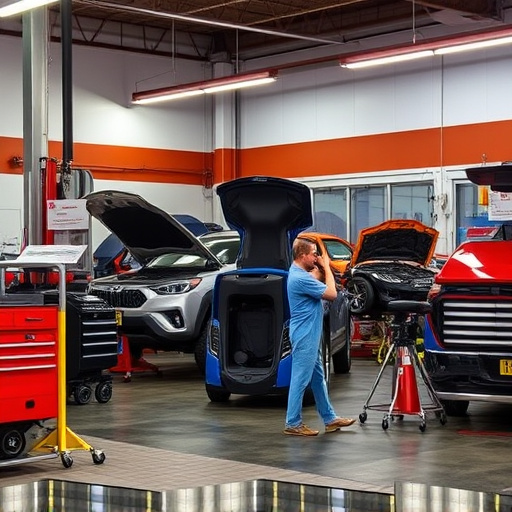
In the art of antique auto restoration, the strategic integration of authentic parts is a nuanced skill that can elevate a vehicle from merely restored to truly rejuvenated. It involves a deep understanding of the car’s original design and materials, as well as a keen eye for detail. Restorers must carefully select components that accurately replicate the period-specific features while ensuring they function seamlessly with the rest of the restored auto body. This meticulous process requires a blend of historical knowledge and technical expertise.
By incorporating authentic parts, such as original or reproduction vintage tires from reputable services, meticulously crafted metalwork, and period-correct interior trimmings, restorers breathe life into classic cars. These elements not only enhance the visual appeal but also contribute to the overall driving experience. The art of integration lies in balancing authenticity with functionality, ensuring that every piece tells a story while seamlessly fitting into the restored auto’s unique character, be it in auto body restoration, auto painting, or tire services.
Benefits and Challenges: Why Authentic Parts Matter in Antique Auto Restoration
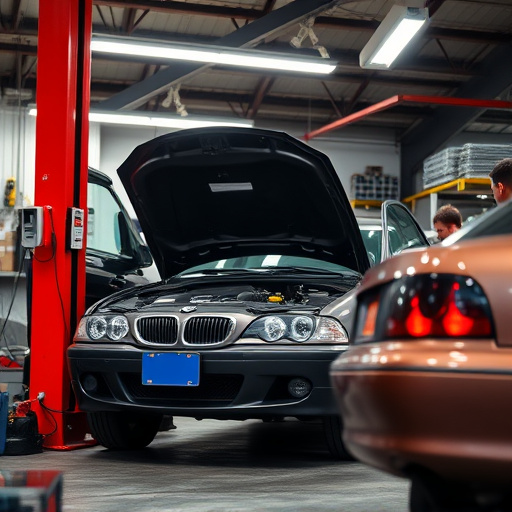
The use of authentic parts is a critical aspect of quality antique auto restoration work. It goes beyond mere aesthetics; it ensures historical accuracy and preserves the original character of the vehicle. Authentic parts, carefully sourced from reputable suppliers or restored in-house by skilled craftsmen, can dramatically enhance the overall value and longevity of an antique car. They maintain the integrity of the vehicle’s design, ensuring that every detail aligns with its era, from the curve of a fender to the texture of a dashboard.
However, sourcing authentic parts presents both benefits and challenges for restorers. The primary challenge lies in the scarcity and cost of genuine components, especially for older models. Many original parts are no longer manufactured, requiring restorers to seek them from collectors or replicate them from scratch. This process demands extensive knowledge and expertise in auto detailing and restoration techniques, particularly in preserving the original look and feel while ensuring structural integrity. Moreover, the market for authentic parts is often subjective, with prices fluctuating based on demand and rarity, posing a financial challenge for restorers aiming to maintain high-quality standards in their collision center work.
In the realm of antique auto restoration, using authentic parts is a game-changer. As previously mentioned, these parts not only ensure the historical accuracy and integrity of the vehicle but also significantly enhance its longevity and performance. By strategically incorporating original components, restorers can create a symphony of detail that truly brings these classic cars back to life. In terms of benefits, the use of authentic parts is undeniable, from preserving the car’s soul to fostering a deeper connection with its past. However, sourcing and selecting these pieces come with challenges, requiring expertise and patience. Ultimately, for those who delve into antique auto restoration, embracing authentic parts is a testament to their passion and commitment to quality.




